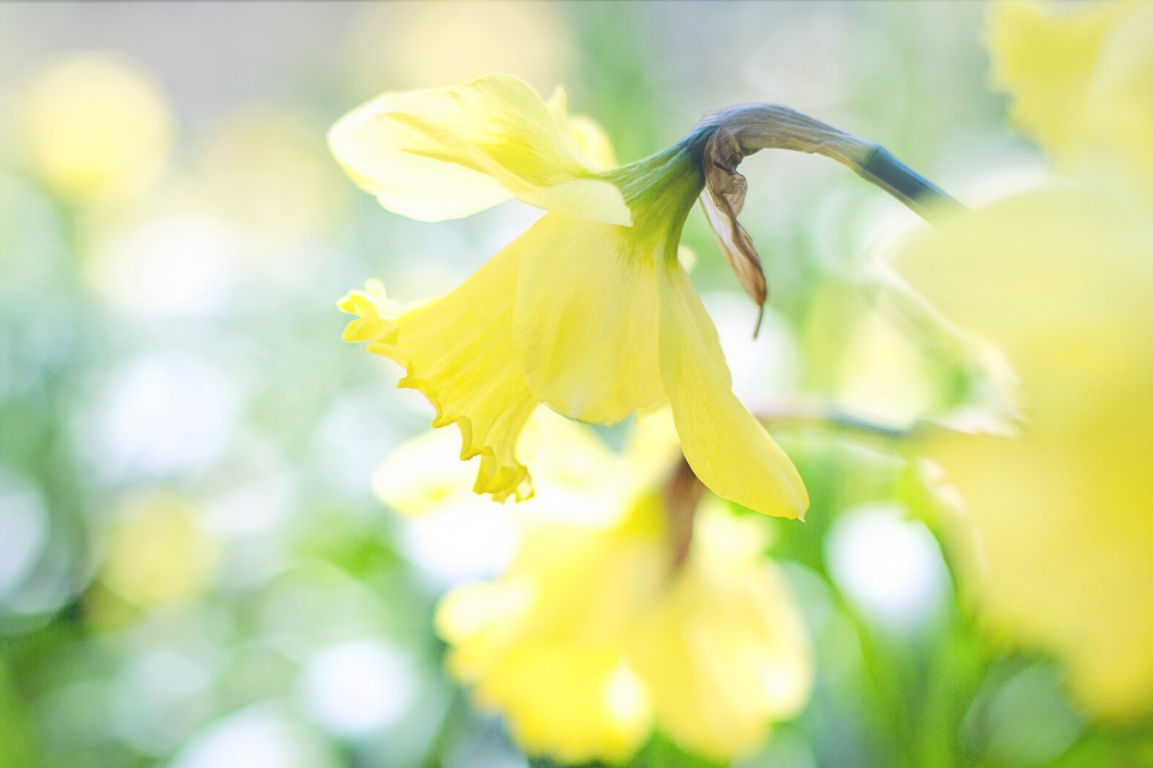- Maintenance tips & tricks
- 4-season garden care advice
- News from the gardening world
- STIGA innovations & new product launches
FREE delivery on selected models
Free returns
Premium delivery available
FREE delivery on selected models
Free returns
Premium delivery available
.png)
William Wordsworth's most famous poem, 'I Wondered Lonely as a Cloud' is also known as 'Daffodils'. The romantic poet was moved to write the poem following a walk-in Ullswater in the Lake District with his sister, Dorothy. The 'host of golden daffodils' that he described might not be such a familiar sight today as they were in the early 1800s, but perhaps that’s what makes them even more welcome when we do manage to catch a glimpse of them out in the wild.
Of course, there's another reason why we all love to see daffodils start to poke their heads up. Their emergence is a colourful sign that winter is - at last! - about to turn into spring. It's why daffodils are referred to as "the heralds of spring".
Britain lost many of its daffs during the war when every available piece of land had to be used for food. One of the most prolific areas for daffodil growing used to be the Tamar Valley on the Devon-Cornwall border.
Here, the market garden heritage goes back generations – it helps to explain why there is such a connection to the dear old daff in this area. When landowners and flower producers pulled up their daffodil fields to help the war effort, they simply tossed them aside or into hedgerows, which is why today, you can see all sorts of local varieties in seemingly random places throughout the valley.

There are now a number of national campaigns to help restore our daffodils. Because daffodils aren’t just a part of the British landscape. They’re also part of our heritage.
The Tamar Valley Area of Outstanding Natural Beauty (AONB) was awarded National Lottery funding from the Heritage Lottery Fund (HLF) for their ‘Heralds of Spring’ project. Volunteers are out and about in the valley this spring, locating, identifying and mapping daffodils so the sites can be protected as much as possible in future.
Now in its second year, the project has already identified more than 100 old local varieties. Wow! Who knew that there were so many different types of daffs, even in such a small part of the world.
In 2016, English Heritage launched its biggest ever bulb-planting initiative to help save native and historic varieties of daffodils and bluebells. The charity’s gardeners planted 25,000 heritage bulbs at its historic gardens.
We can all do our bit by making sure we plant native varieties in our gardens. Daffodils (Latin name Narcissus), should be planted in September to October to guarantee a beautiful display from February to May. They’re hardy and they enjoy a sunny spot or somewhere with light shade. They’re great for pots, too.
Because they’re so easy to grow, they’re unlikely to let you down. And what a sight for sore eyes they are at the end of those long winter months!